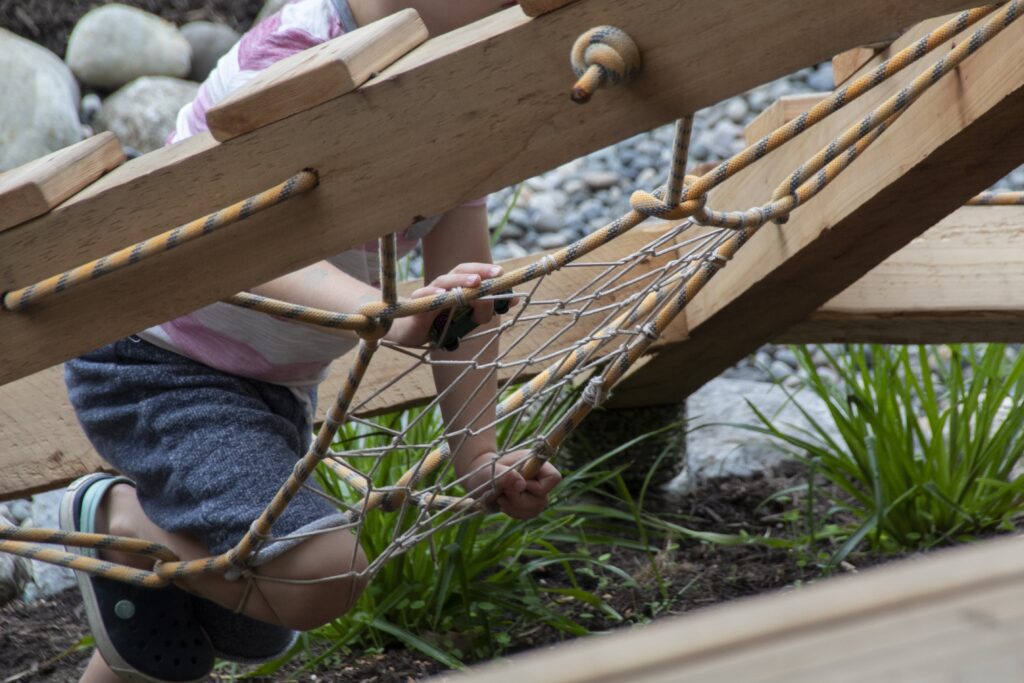
In a recent UBC News article, Susan Herrington, a professor of landscape architecture SALA, emphasizes the importance of natural shade in outdoor play spaces to protect children from extreme heat and UV radiation. Collaborating with four MLA students, Herrington identified a variety of trees, shrubs, and vines that offer effective, sustainable shade. This research is featured in BC Cancer’s “natural shade lookbook,” which serves as a practical guide for creating cooler and safer outdoor environments.
Herrington’s work stresses that natural shade not only provides immediate physical comfort but also enhances ecological and cultural values. By selecting non-invasive, non-toxic, and climate-resilient plants, communities can create play areas that support children’s health and well-being. These plants reduce air temperatures, absorb carbon dioxide, and support local biodiversity, contributing to environmental sustainability.
Herrington highlights the cultural significance of using native plants, which enrich the educational and cultural experiences of children. Incorporating these plants into urban landscapes fosters a deeper connection with nature, encouraging imaginative play and promoting lifelong environmental stewardship.